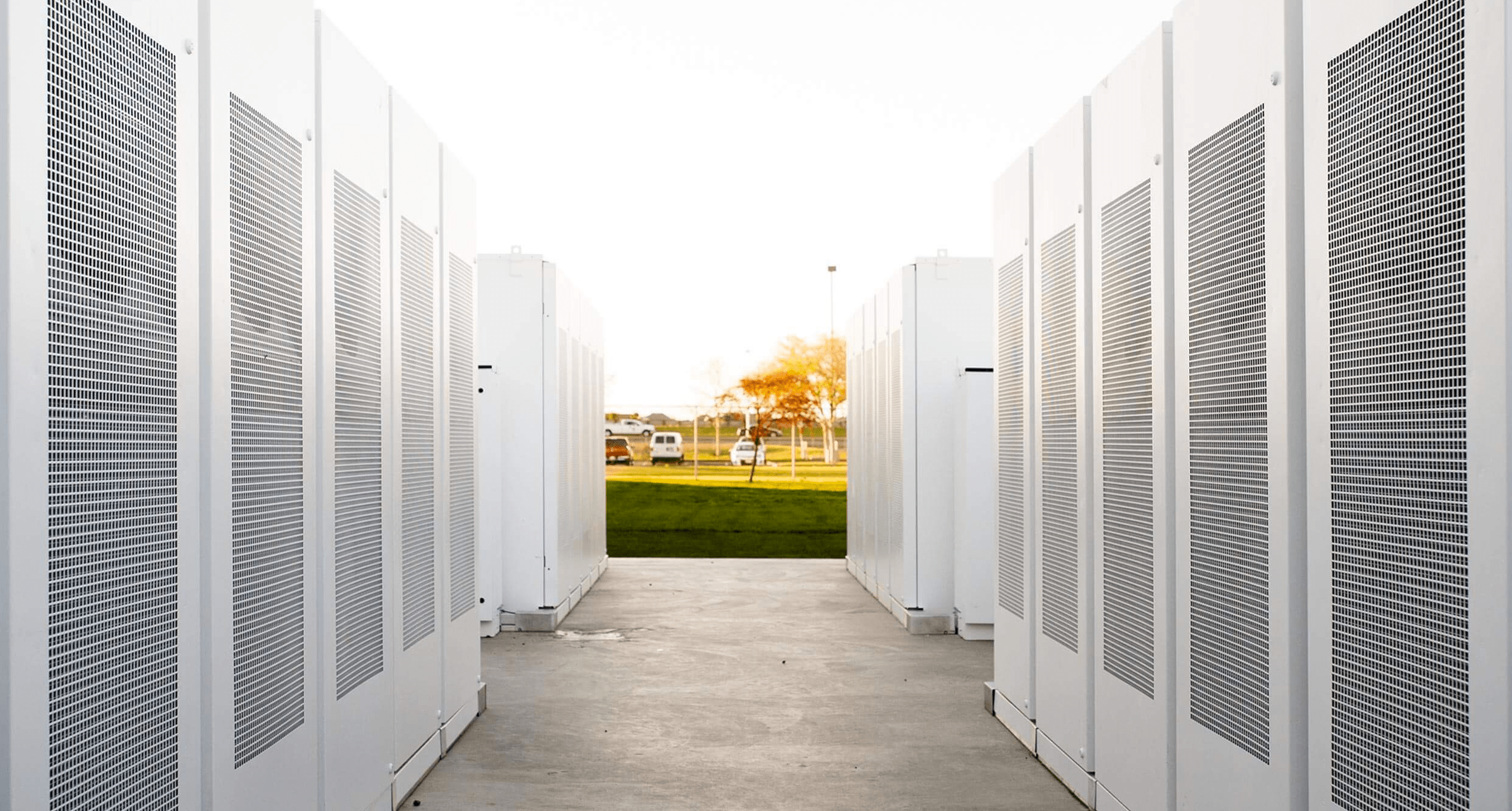
Tesla Battery Storage System Coming to San Luis Obispo County

The San Luis Obispo County in California has installed two new Tesla backup battery systems at key public buildings — reports the New Times San Luis Obispo.
SLO County has been suffering from more frequent and prolonged power outages as stress on the local energy grid grows. This is especially true during the summer months.
As part of its efforts to prevent disruptions of critical public infrastructure, the county has outfitted its Health Agency and Public Health buildings on Johnson Avenue with two new battery energy storage systems that feature Tesla Powerpacks.
Tesla’s Powerpack is a utility-scale rechargeable energy storage system that’s designed to store large amounts of power for off-grid operation and supplemental power systems.
Each of the new Powerpack configurations installed in SLO County range in cost from $500,000 USD to more than $1 million. The Tesla-made batteries can store up to 31 hours of electricity and supply it as needed.
“It reacts really fast to a grid outage signal,” said Annie Secrest, water and energy coordinator for the San Luis Obispo County’s Department of Public Works.
“Now, let’s say the grid outage is a PSPS [public safety power shutoff] event and it’s like six days long. Well, once the battery’s exhausted then a [diesel] generator will kick on. That’s a really cool, and very unique, feature.”
The two Tesla Powerpack-based battery systems are among a total of five that the county received as part of a California Public Utilities Commission Self-Generation Incentive Program. All five of the systems were fully funded by the program.
The three remaining battery systems for SLO County are slated to be deployed at the water treatment plant for Lopez Lake and two pump stations serving the Lake Nacimiento pipeline.
Secrest said that having a backup power system for the Public Health lab and building was critical because that’s where the County stores its vaccinations and infectious disease medicine in deep-freeze freezers.
According to the SLO County Department of Public Works, the Powerpack-backed storage systems will also reduce county electric bills — by as much as $800,000 over a 20-year lifespan — by strategically stockpiling and deploying stored power throughout the day.
“What they do is they’ll take energy from the grid when it’s the cheapest time to get it, and then they’ll store that energy,” Secrest noted.
“Then they’ll deploy that cheap energy during times when energy is really expensive to buy from the grid. The batteries nowadays are so intelligent that all of this is hands-off and based on computers.”
Tesla is currently also running a Virtual Power Plant pilot in California for its residential energy storage solution, the Powerwall. As part of a grid event earlier this week, more than 3,600 Powerwall-equipped homes contributed over 24MW of power to the local electricity supply.

